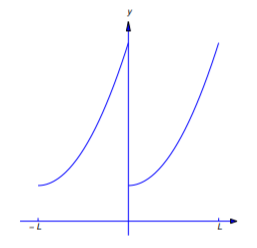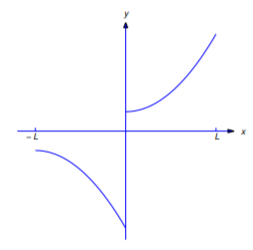8.2E: Fourier Series I (Exercises)
( \newcommand{\kernel}{\mathrm{null}\,}\)
Q8.2.1
1. Prove Theorem 8.1.5.
Q8.2.2
In Exercises 8.2.2-8.2.16 find the Fourier series of
2.
3.
4.
5.
6.
7.
8.
9.
10.
11.
12.
13.
14.
15.
16.
Q8.2.3
17. Verify the Gibbs phenomenon for
18. Verify the Gibbs phenomenon for
19. Deduce from Example 11.2.5 that
20.
- Find the Fourier series of
- Deduce from (a) that
21. Find the Fourier series of
22. Find the Fourier series of
23. Find the Fourier series of
24. Find the Fourier series of
25.
- Suppose
- Show that if, in addition to the assumptions in (a),
26. Show that if


27. Show that if
(Figure 8.2.9), then the Fourier series of
where


